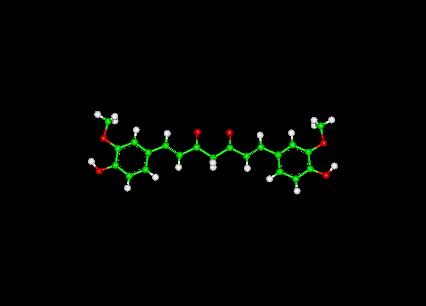Turmeric (Curcuma longa, also known as curcumin) is a spice commonly used in curries and other south Asian cooking. It is a significant ingredient in most commercial curry powders. Turmeric is also used to give a yellow color to some prepared mustards, canned chicken broth, and other foods, and is also used as a fabric dye.
Turmeric is a member of the ginger family, Zingiberaceae.
Turmeric has many healthful properties and is taken in some Asian countries as a dietary supplement to help with stomach problems and other ailments. It is popular served as a tea in Okinawa, Japan.
As an Additive (E100)
It is also used in product systems that are packaged to protect them from sunlight. The oleoresin is used for oil-containing products. The curcumin / polysorbate solution or curcumin powder dissolved in alcohol is used for water containing products. Over-colouring, such as in pickles, relishes and mustard, is sometimes used to compensate for fading.
Turmeric has found application in canned beverages, baked products, dairy products, ice cream, yoghurts, yellow cakes, biscuits, popcorn-colour, sweets, cake icings, cereals, sauces, gelatines, direct compression tablets, etc. In combination with Annatto (E160b) it has been used to colour cheeses, dry mixes, salad dressings, winter butter and margarine.
Investigations into the low incidence of colo-rectal cancer amongst ethnic groups with a large intake of curries compared with the indigenous population have discovered that some active ingredients of Turmeric appear to have anti-cancer properties. Curcumin specifically stops the growth of cancer cells in some tumors by inhibiting kinases [1] (http://www.lef.org/magazine/mag2002/jul2002_report_curcumin_01.html). Second stage trials of a Turmeric-based drug to treat cancer are currently underway, and several drugs on the market (for example, Iressa) use the same method to treat tumors.
Large doses are not recommended in cases of gallstones, obstructive jaundice, acute bilious colic and toxic liver disorders.
